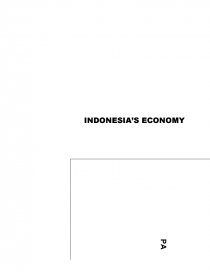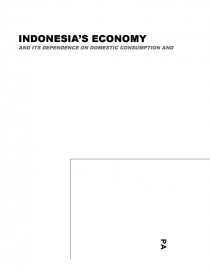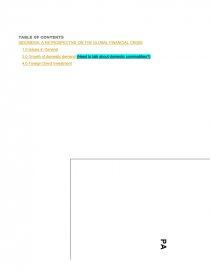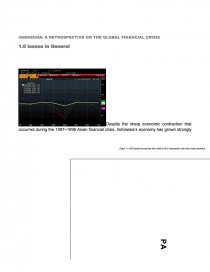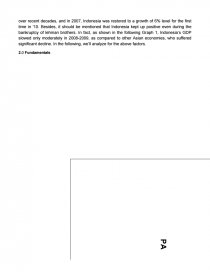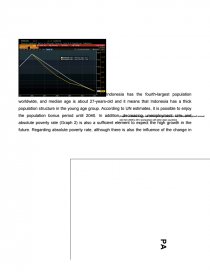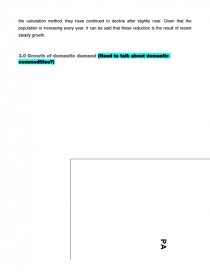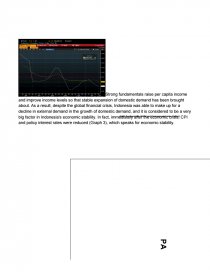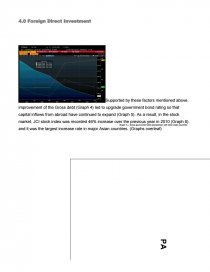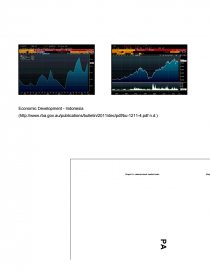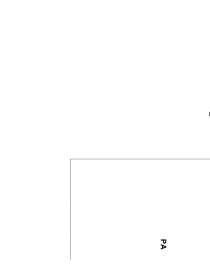Indonesia’s Economy and Its Dependence on Domestic Consumption and Commodities
Essay by Shaji • April 25, 2016 • Research Paper • 582 Words (3 Pages) • 973 Views
Essay Preview: Indonesia’s Economy and Its Dependence on Domestic Consumption and Commodities
[pic 1][pic 2][pic 3][pic 4][pic 5][pic 6][pic 7][pic 8]
INdonesia’s economy
and its dependence on domestic consumption and commodities [pic 9]
[we will include like a quick exec summary here]
Table of Contents
INDONESIA: A RETROSPECTIVE ON THE GLOBAL FINANCIAL CRISIS
1.0 Issues in General
3.0 Growth of domestic demand (Need to talk about domestic commodities?)
4.0 Foreign Direct Investment
INDONESIA: A RETROSPECTIVE ON THE GLOBAL FINANCIAL CRISIS[a]
1.0 Issues in General
[pic 10][pic 11][b]Despite the sharp economic contraction that occurred during the 1997–1998 Asian financial crisis, Indonesia’s economy has grown strongly over recent decades, and in 2007, Indonesia was restored to a growth of 6% level for the first time in '10. Besides, it should be mentioned that Indonesia kept up positive even during the bankruptcy of lehman brothers[c]. In fact, as shown in the following Graph 1, Indonesia’s GDP slowed only moderately in 2008-2009, as compared to other Asian economies, who suffered significant decline. In the following, we’ll analyze for the above factors.
2.0 Fundamentals
[pic 12][pic 13]Indonesia has the fourth-largest population worldwide, and median age is about 27-years-old and it means that Indonesia has a thick population structure in the young age group. According to UN estimates, it is possible to enjoy the population bonus period until 2040. In addition, decreasing unemployment rate and absolute poverty rate (Graph 2) is also a sufficient element to expect the high growth in the future. Regarding absolute poverty rate, although there is also the influence of the change in the calculation method, they have continued to decline after slightly rose. Given that the population is increasing every year, it can be said that those reduction is the result of recent steady growth.
...
...


